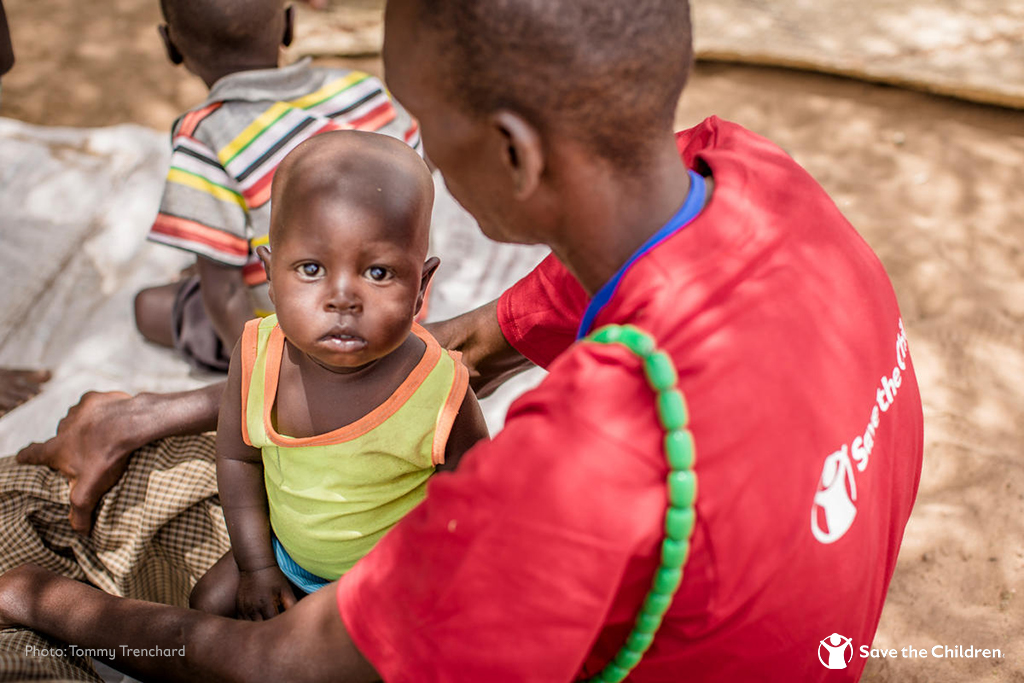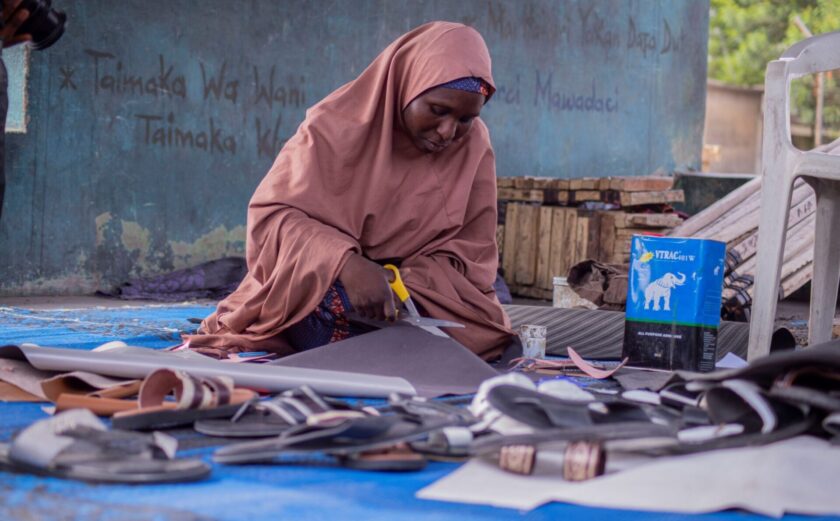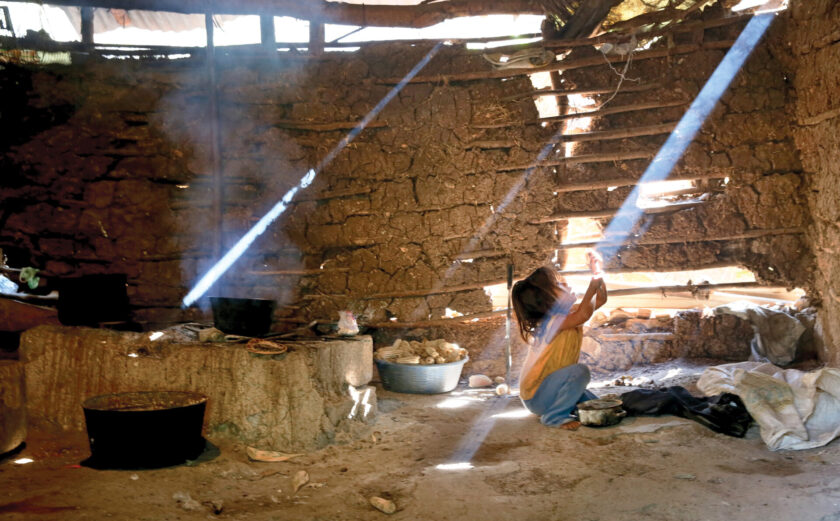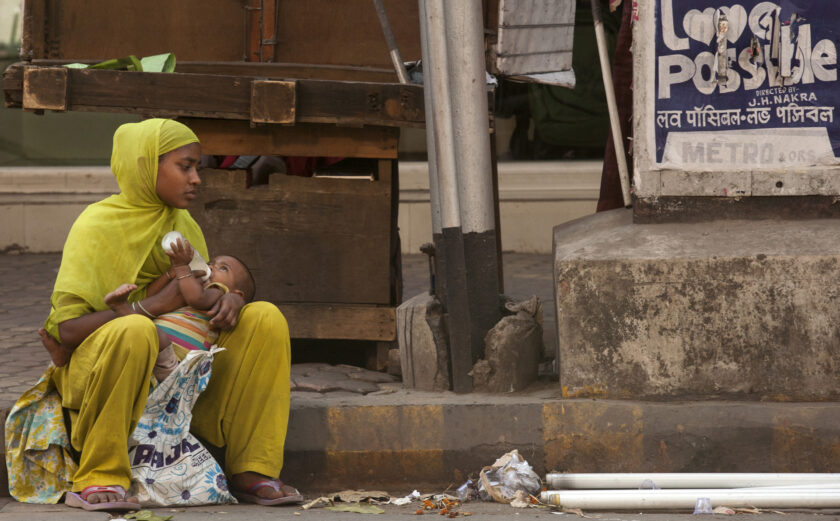
World Humanitarian Day: A Team Sport
This day is a moment to recognize the great lengths that humanitarian workers go to provide help around the world
There are days when visiting my Save the Children colleagues on the front lines of our humanitarian response work in Rakhine State in Myanmar, refugee communities in Jordan, drought stricken communities in Kenya or insecure villages in South Sudan I believe that every day should be World Humanitarian Day.
Such recognition 365 days a year would provide us all fitting opportunities to stand in solidarity with the massive number of people whose lives have been turned upside down whether by conflict or disaster. We are seeing, for example, an unprecedented number of people, climbing past 68 million this year, who have been forced out of their homes. It is estimated that 134 million people in 40 countries need assistance and only one third of the necessary funds to meet such needs have been provided half way through the year. Such year-long recognition would also pay tribute to extraordinary efforts of local, national and international aid workers who themselves face hardship, sometimes even death, to help others at their most vulnerable stage.
These thoughts ran through my mind when I visited recently with mothers and village elders in a community in Wajir County, Kenya. We sat in the shade of a spreading banyan tree and discussed Save the Children’s work last year to help them overcome malnutrition stemming from the severe drought in East Africa. One mother, wrapped in green with a blue head scarf, pointed to her child cradled in her arms. She told us that her child was alive today only because of the cash transfer program we initiated last year enabling families to support themselves when their livestock had all perished. The community said that things had been better last year than in the big drought of 2011 because the county had built a dispensary nearby, and we had supported it with provision of water. But the village elder and mothers had no clear answer to the question of how they would rebuild and be better able to face the next drought. They “would just do what they always do” was the response.
We all can take satisfaction in the fact that world and national leaders, together with many others, rallied in 2017 and helped stave off the specter of widespread famine in East Africa. Thanks to our collective efforts, one hears stories such as this one across the entire region. But I came away from my visit troubled: parents and children in Wajir County were getting back on their feet, but their legs were no stronger to withstand the next challenge. Should we not use this period of respite to help such communities take actions that will better prepare them to face such hardship?
Clearly the answer is a strong “yes.” That leads me back to World Humanitarian Day, but with a new reflection. This day is a moment to acknowledge the importance of helping others in dire need and to recognize the great lengths that humanitarian workers go to provide such help. In today’s world, however, it should also be a moment to recognize that humanitarian work writ large is not just for humanitarians. It’s a moment to reaffirm that helping the more than hundred million people around the world deal in a sustainable fashion with the dire need they face must be a shared responsibility. At a moment when crises are large-scale and protracted, this work has to involve a team effort of humanitarian workers, development workers as well as those involved in conflict resolution and diplomacy. It has to involve a blend of financing and approaches. We all have a role to play in helping communities persevere, get back on their feet and face the next challenge with greater resilience. World Humanitarian Day is a day to recognize the role we must all play with humanitarians in this team effort.
This blog post was submitted by Michael Klosson, Vice President of Policy & Humanitarian Response at Save the Children. This blog post was originally published at www.savethechildren.org.








